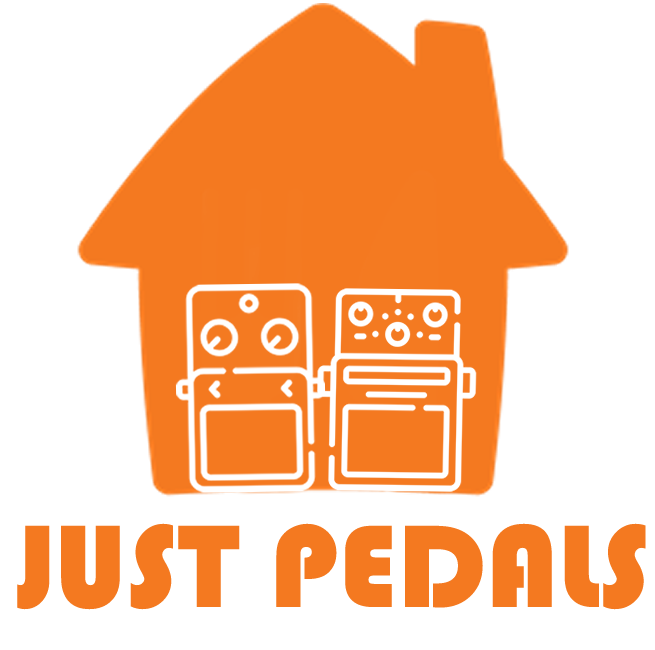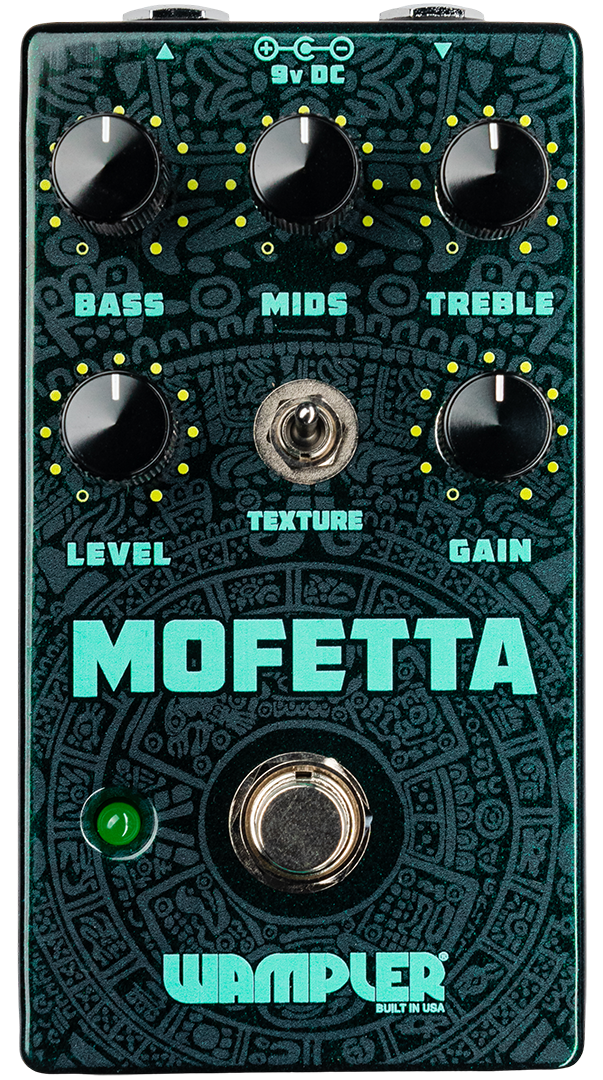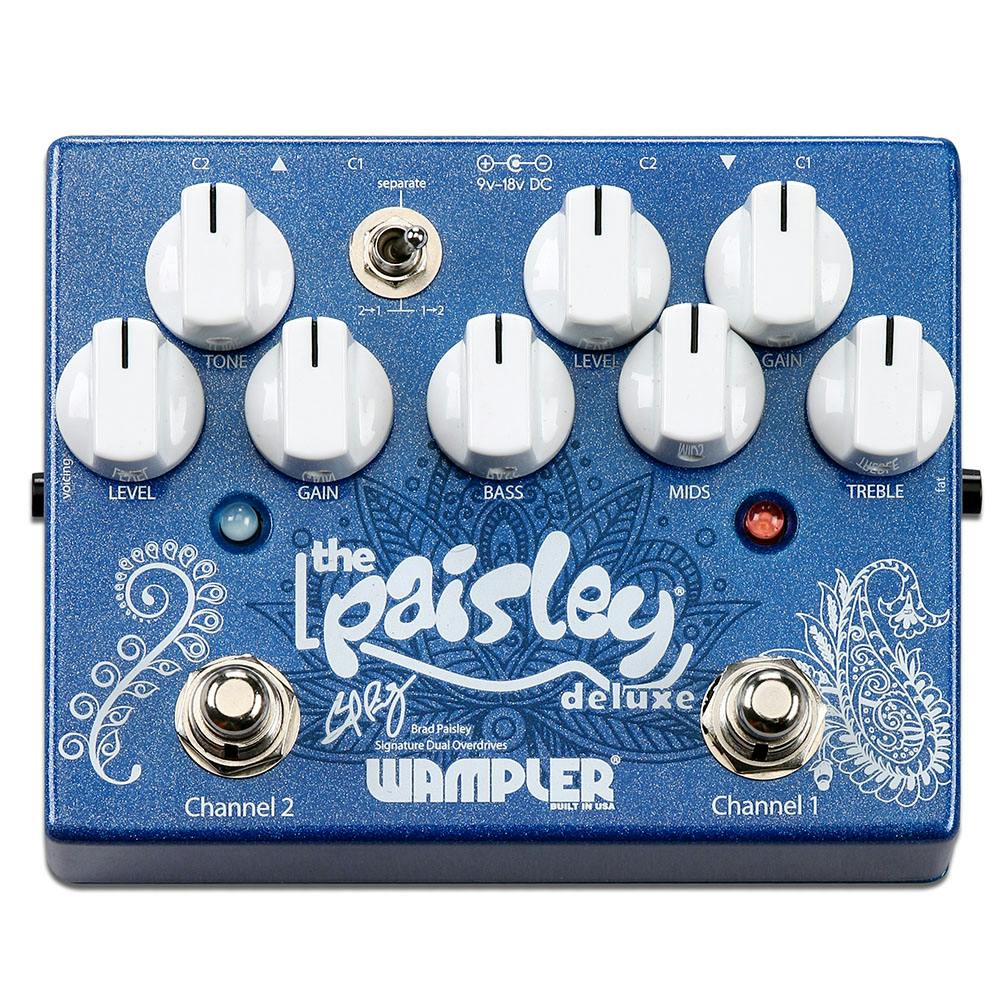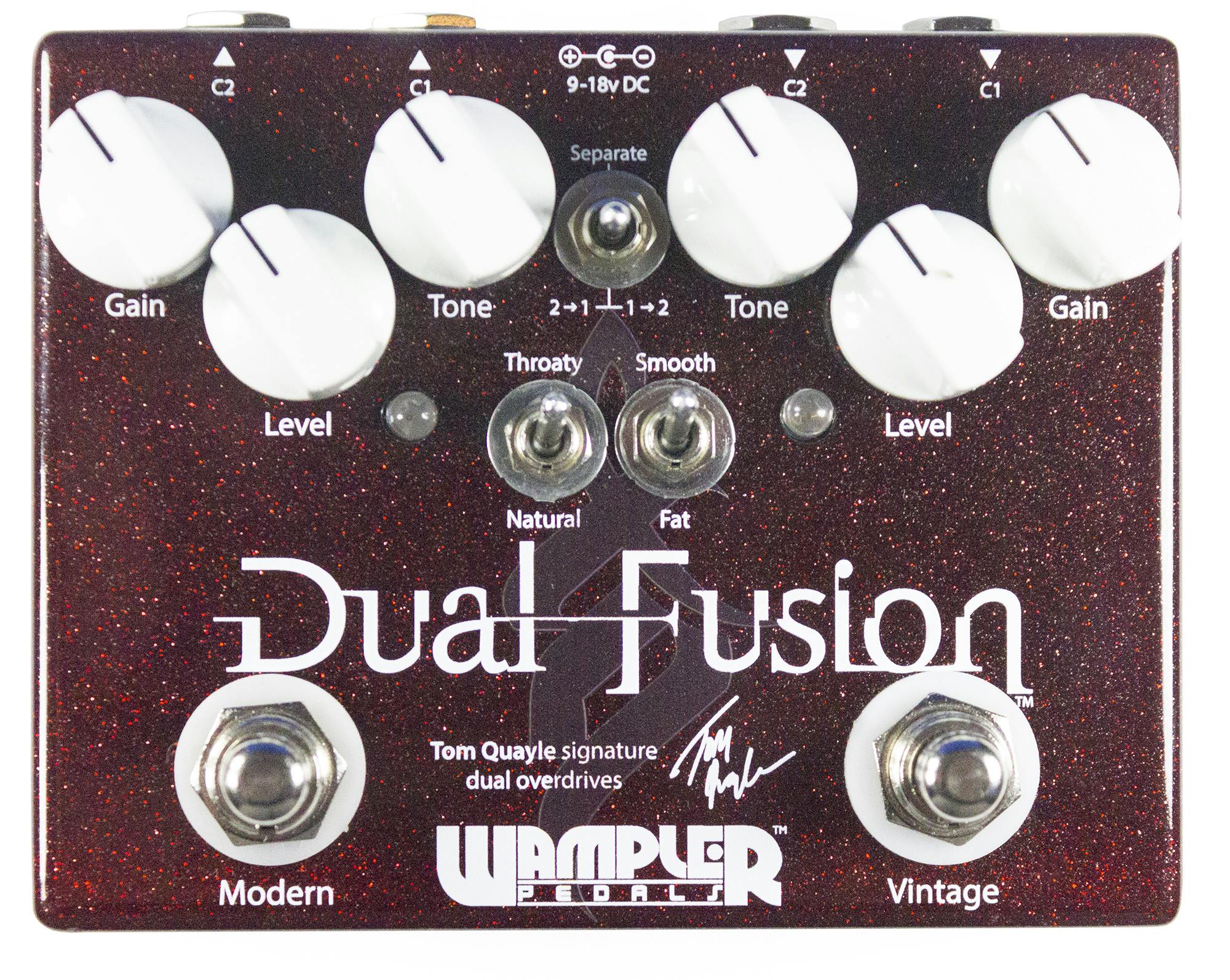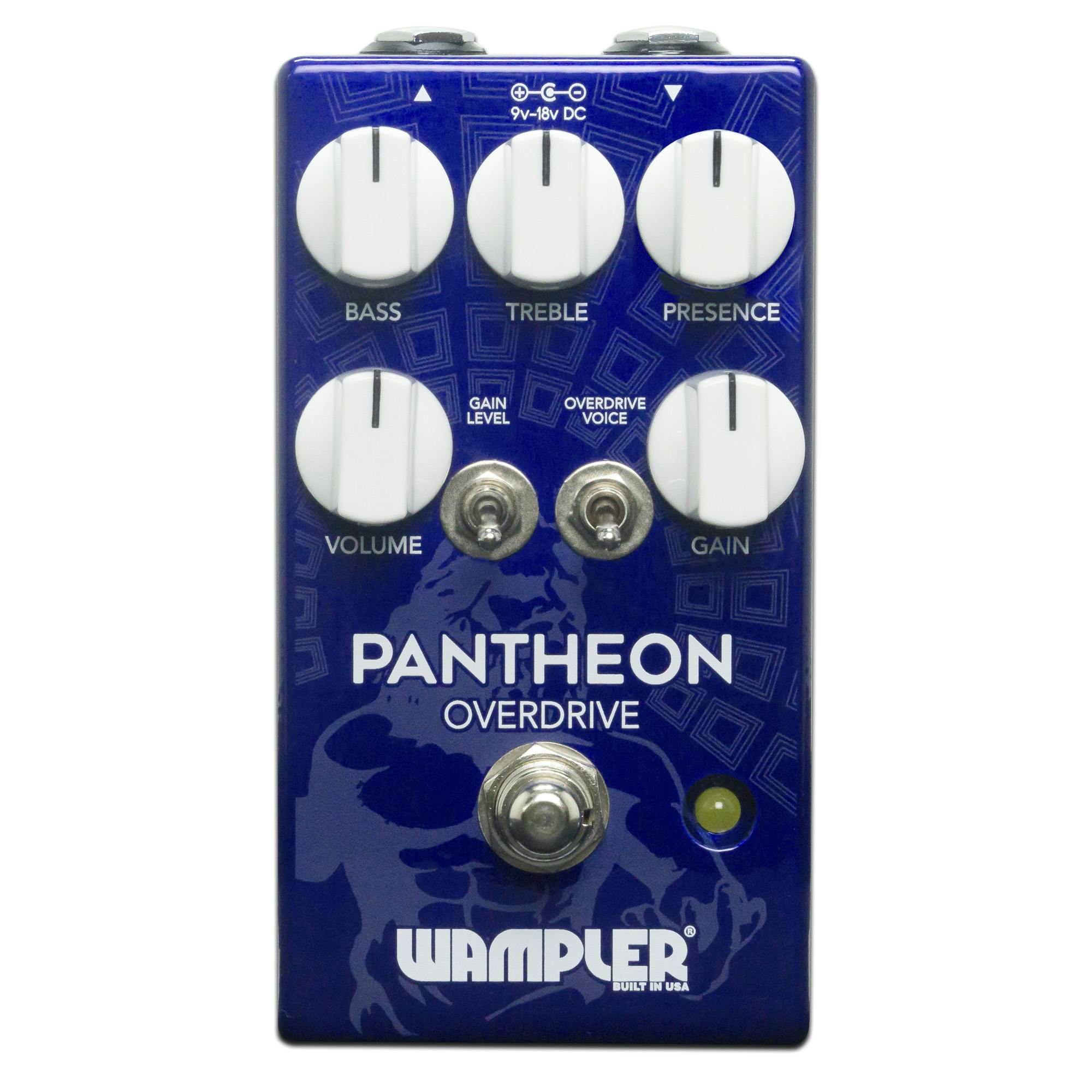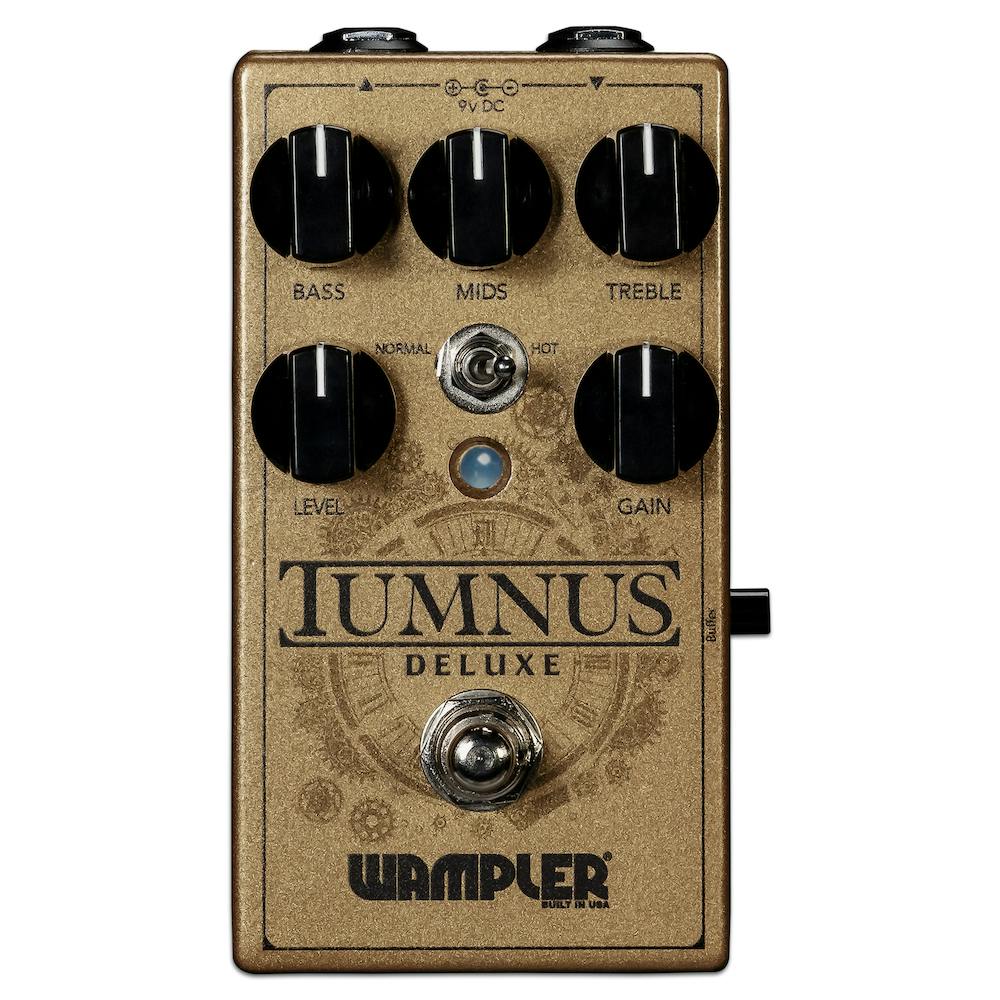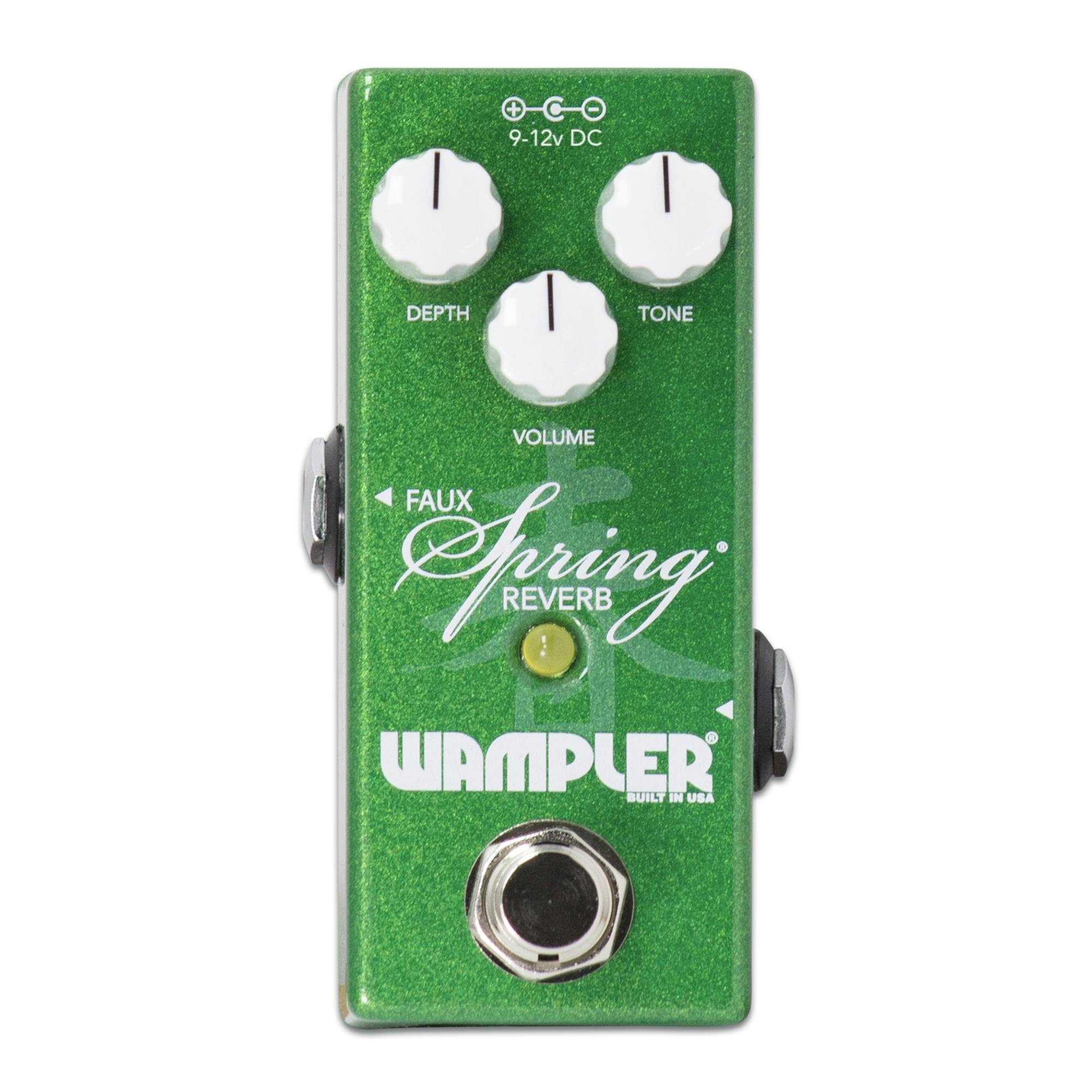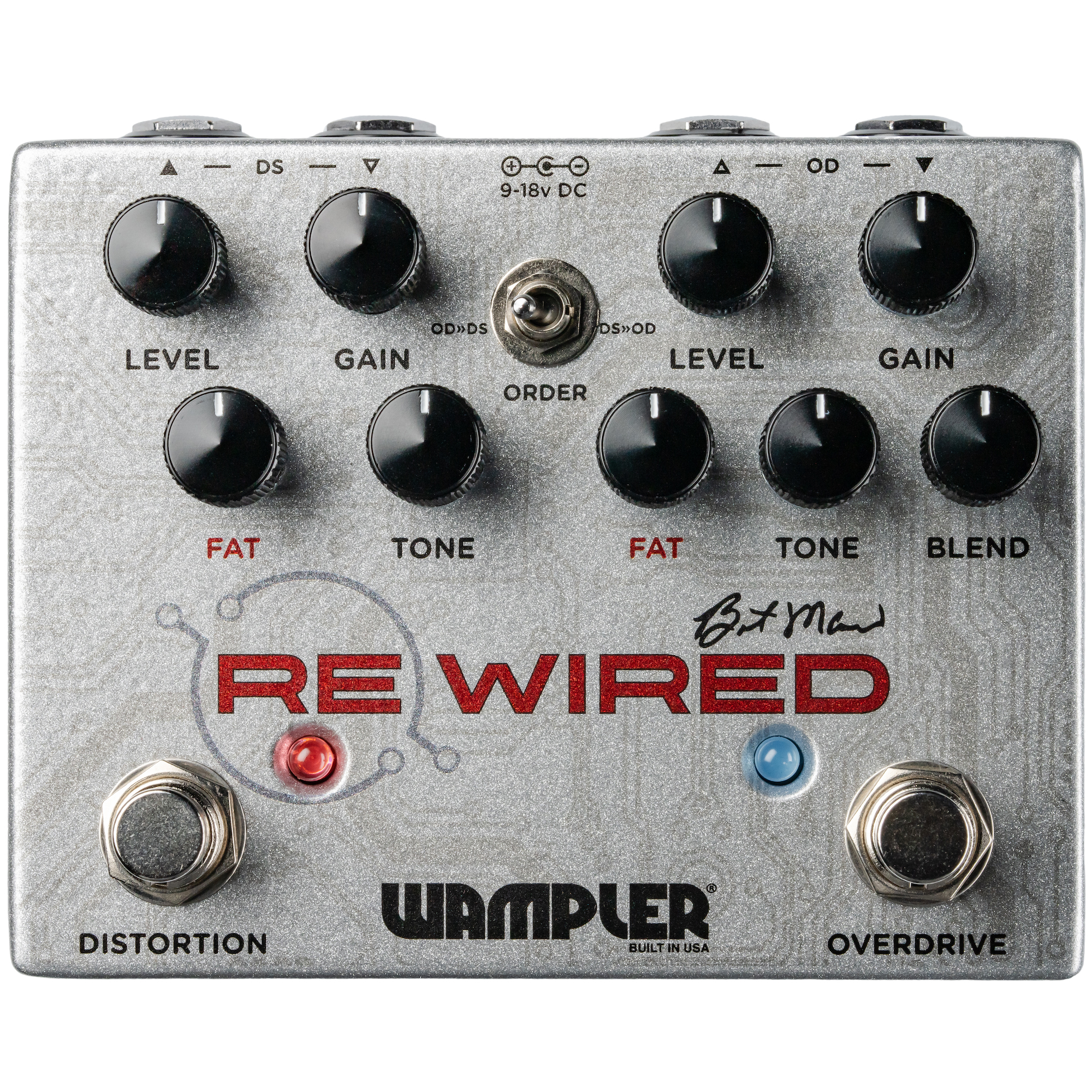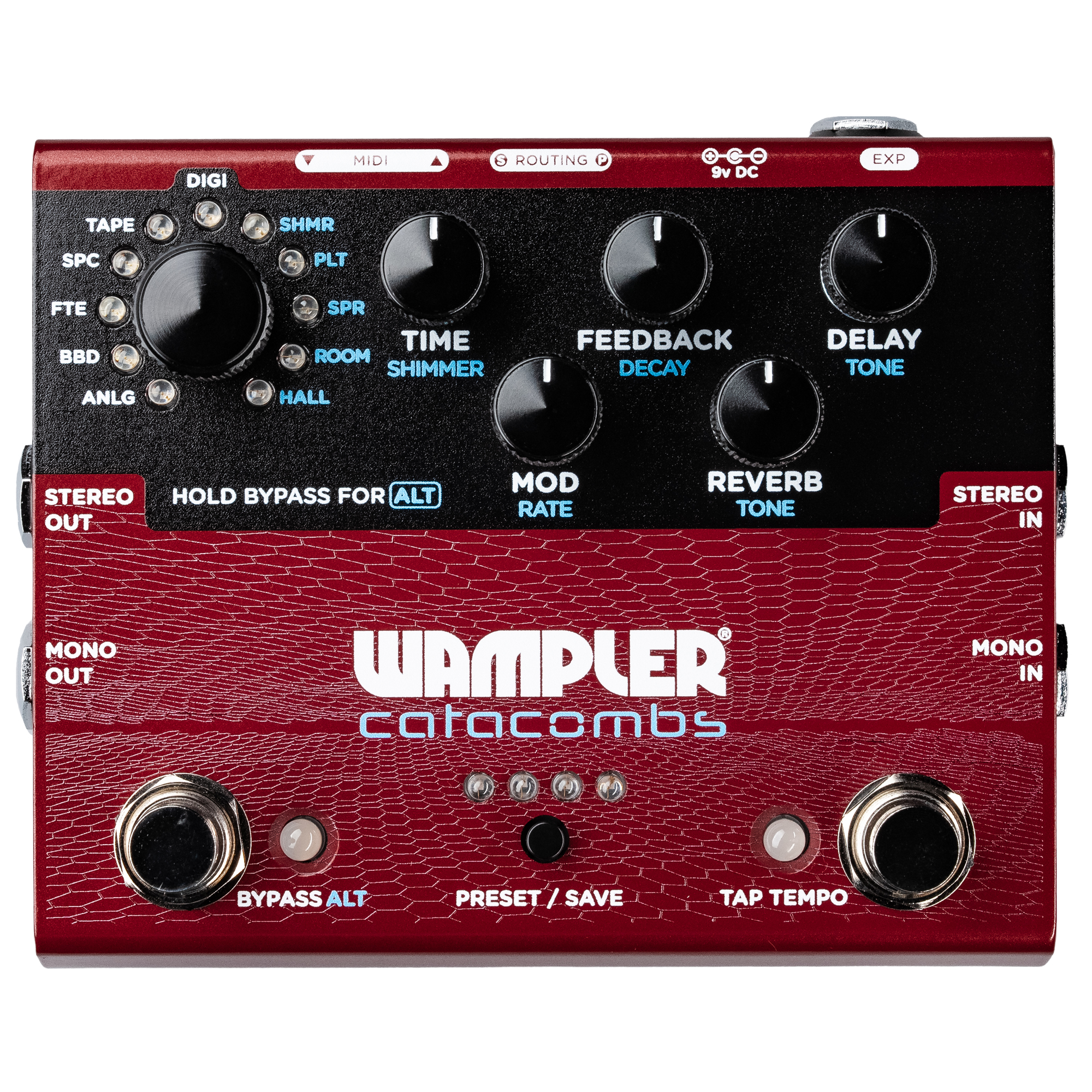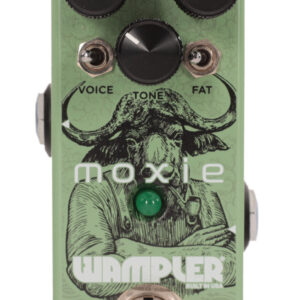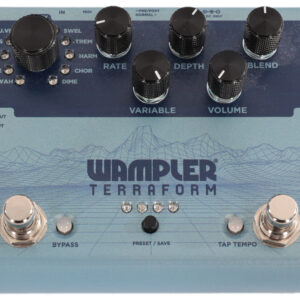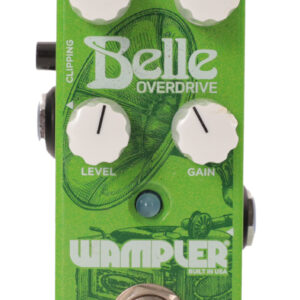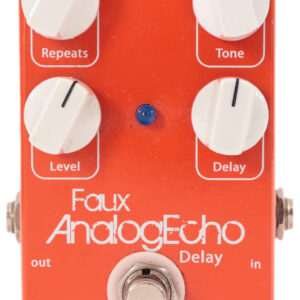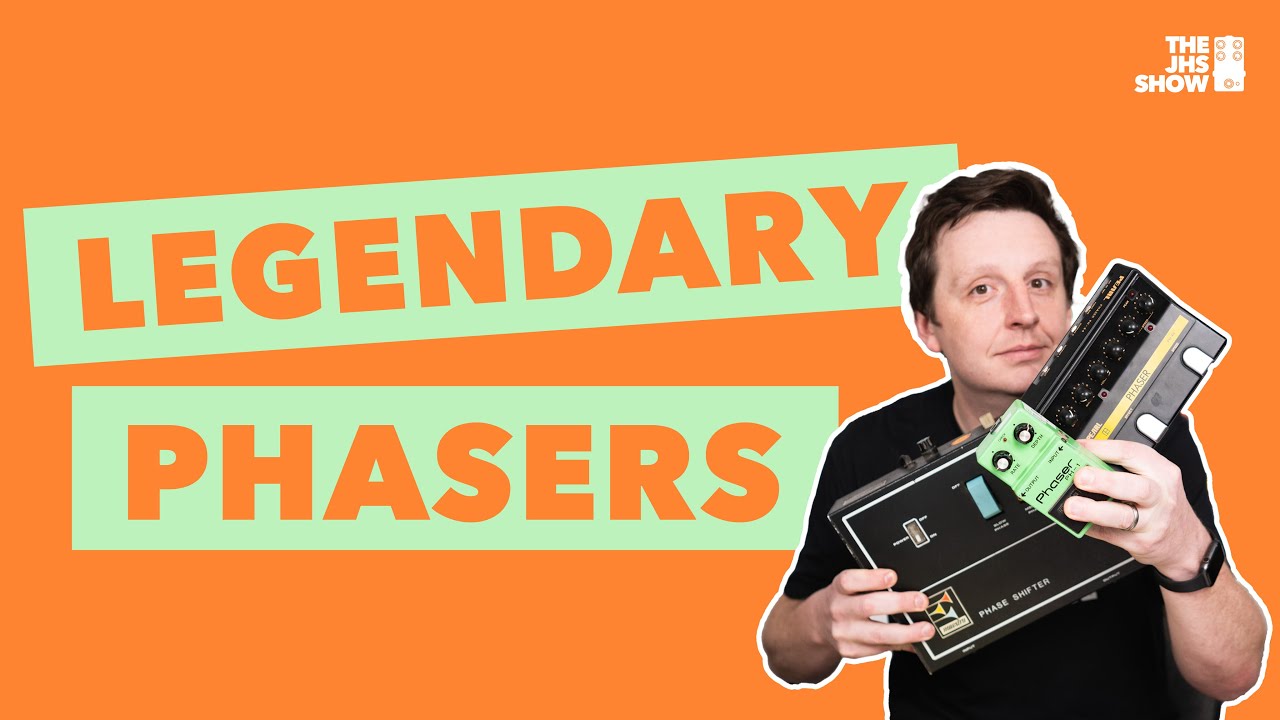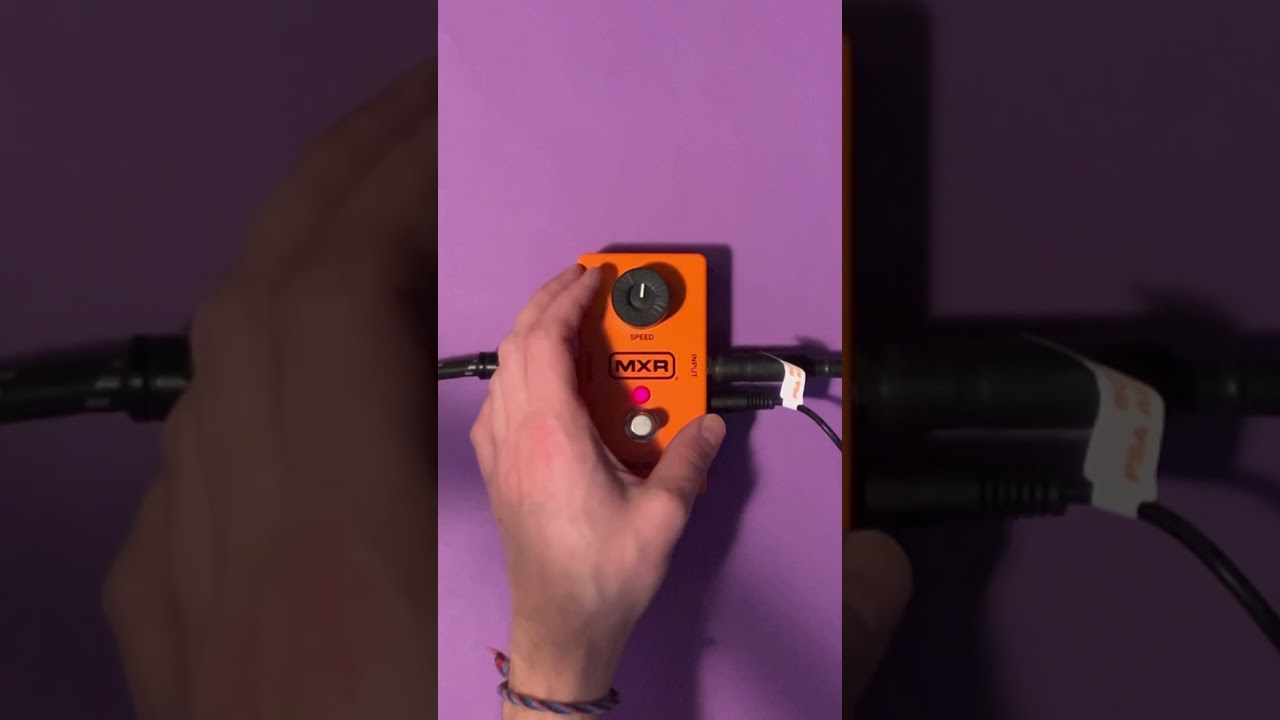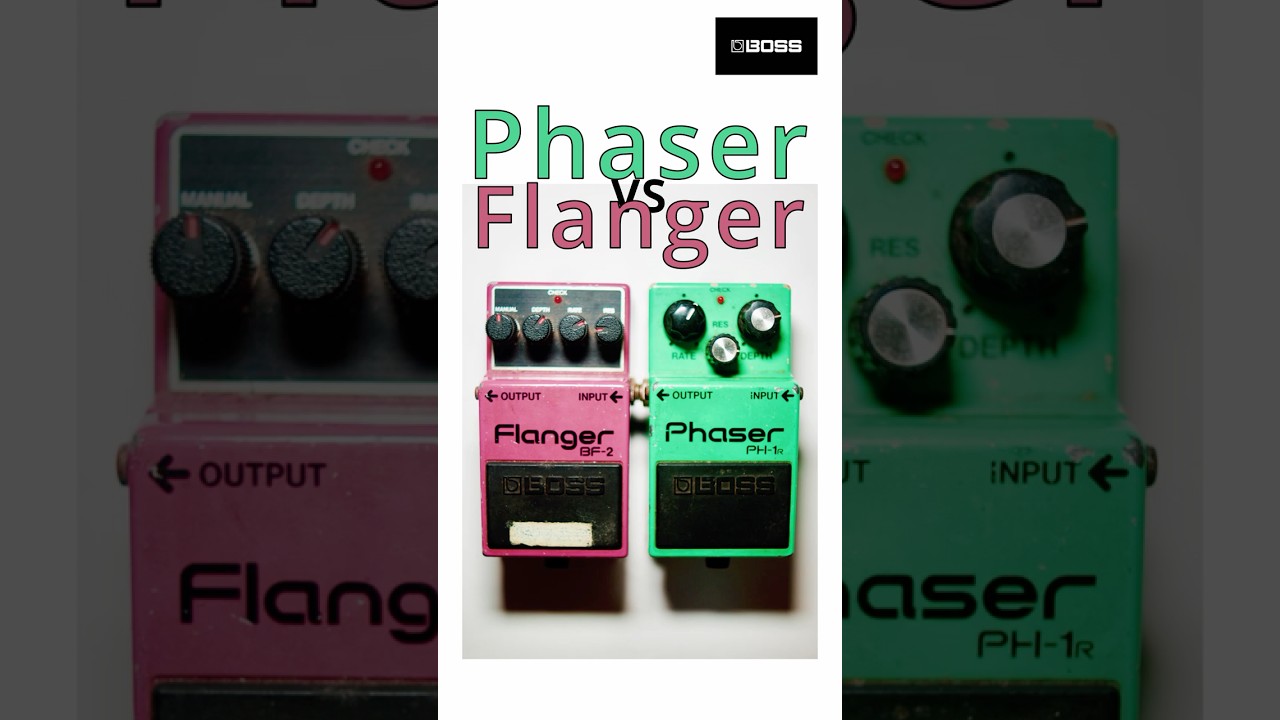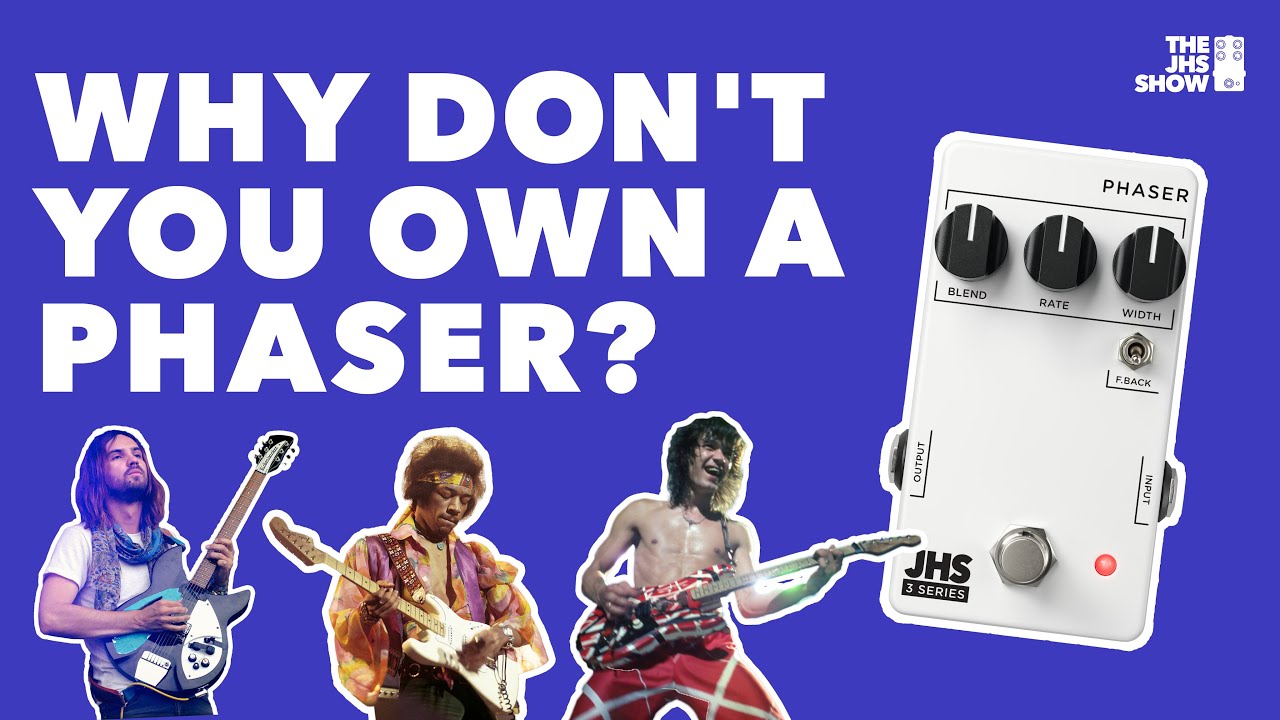Description
The Wampler MOFETTA Overdrive Distortion Pedal is currently retailing at £169 and it is in stock. Available to be delivered to you by post direct (some charge may apply).The team at Just Pedals think that Wampler nailed it with the Wampler MOFETTA Overdrive Distortion Pedal. Wampler MOFETTA Overdrive Distortion Pedal
We have new and used Wampler musical equipment available on our website for fast direct delivery from sellers across the UK & Europe.
Wampler Pedals is a highly respected boutique pedal company founded by Brian Wampler, known for crafting premium, hand-built effects pedals that offer exceptional tone and versatility. Since its inception, Wampler has gained a reputation for designing pedals that are not only sonically rich but also user-friendly. Popular models like the Tumnus overdrive, the Ego Compressor, and the Dual Fusion distortion are celebrated for their dynamic response, transparent tones, and ability to enhance a player’s sound with precision and musicality. Wampler’s focus on quality craftsmanship, attention to detail, and innovative designs has made its pedals a go-to choice for guitarists looking for professional-grade sound and reliability.
Distortion is a type of guitar effect that alters the sound by adding sustain, harmonic richness, and a gritty or aggressive character. It clips the audio signal, creating a more saturated and powerful tone. Distortion is commonly used in rock, metal, and punk music, offering everything from warm, crunchy overdrive to heavily saturated, high-gain chaos. Unlike overdrive, which mimics the natural breakup of a tube amp, distortion produces a more intense, compressed, and processed sound. Popular distortion pedals include the Boss DS-1, ProCo Rat, and MXR Distortion+.
Just Pedals is a new Guitar Effect Pedals Marketplace – We feature new and used Guitar Effect pedals from different sellers, to purchase online from the UK.
Overdrive is a popular guitar effect that creates a warm, distorted sound by amplifying the signal of an electric guitar, typically using a pedal or an amp’s built-in circuit. The effect simulates the natural distortion that occurs when a tube amplifier is pushed to its limit, creating a rich, harmonic response that adds sustain, warmth, and character to the tone. Overdrive pedals are commonly used to add grit and growl to a clean tone without the harshness of full distortion.
The overdrive effect works by boosting the input signal, causing the amplifier to break up and clip the waveform, resulting in a smooth, musical distortion. This is often more subtle and less aggressive than other forms of distortion, making overdrive pedals ideal for blues, classic rock, and country players who seek a dynamic sound that responds to their playing touch. Overdrive pedals can be used in conjunction with other effects like delay and reverb to shape a more complex, evolving sound. Popular overdrive pedals include the Ibanez Tube Screamer, the Fulltone OCD, and the Boss OD-3, each offering different tonal characteristics, from smooth and bluesy to punchy and aggressive.
A pedal is an electronic device that alters the sound of an electric guitar by applying various effects. Pedals are typically connected in a series between the guitar and amplifier, allowing guitarists to switch effects on and off with their feet while playing.
This enables musicians to quickly and easily change their sound, adding versatility and creativity to their performances.
Pedals are essential tools in many musical genres, including rock, blues, jazz, and metal, allowing artists to craft distinctive and dynamic soundscapes.
Once you buy one, you can’t stop and then you have to sell them and buy more.
Just the latest videos
Just related products
£77.20
Dual voiced distortion pedal with switchable voicing modes Bright mode for added cut and aggression High-grade components selected for superior sound and response Top mounted input and output jacks and power connector Volume, Gain and 3-band EQ contr…
read more
15% Off £27.99 £23.79
JOYO Ultimate Drive gives you rich bordering-on-distortion overdrive, surpassing what a diode tube amp can provide. It's great for feedback, picking out your guitar's natural harmonics effortlessly and the high/low switch will give you that extra kic…
read more
£134.12 £132.14
Designed to be a versatile addition to any setup, any style Use with other pedals to shape the total gain, as a stand alone overdrive, or as a slightly dirty boost to push the front end of your amp Can even be used as a buffer because this pedal is n…
read more
£87.19
Dual voice overdrive pedal with switchable voicing modes Smooth mode for classic liquid gain Punch mode for added bite and tight low end High-grade components selected for superior sound and response Top mounted input and output jacks and power conne…
read more
7% Off £24.36 £22.70
Versatile Overdrive/Distortion Blend: Seamlessly shift from warm, classic overdrive to edgy, modern distortion—or mix them to create your signature tone using the intuitive blend dial Precision Tone Shaping: Dial in your perfect sound with dedicated …
read more
